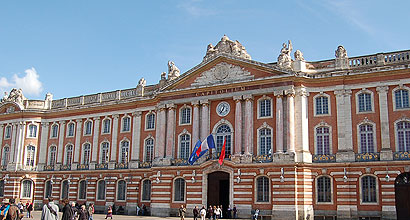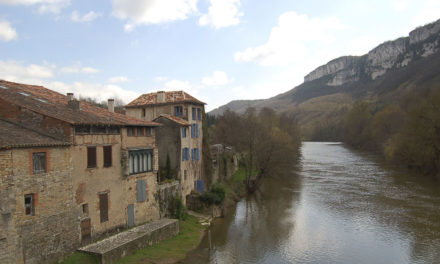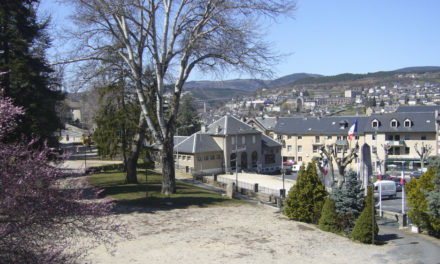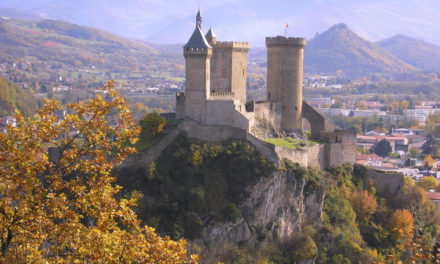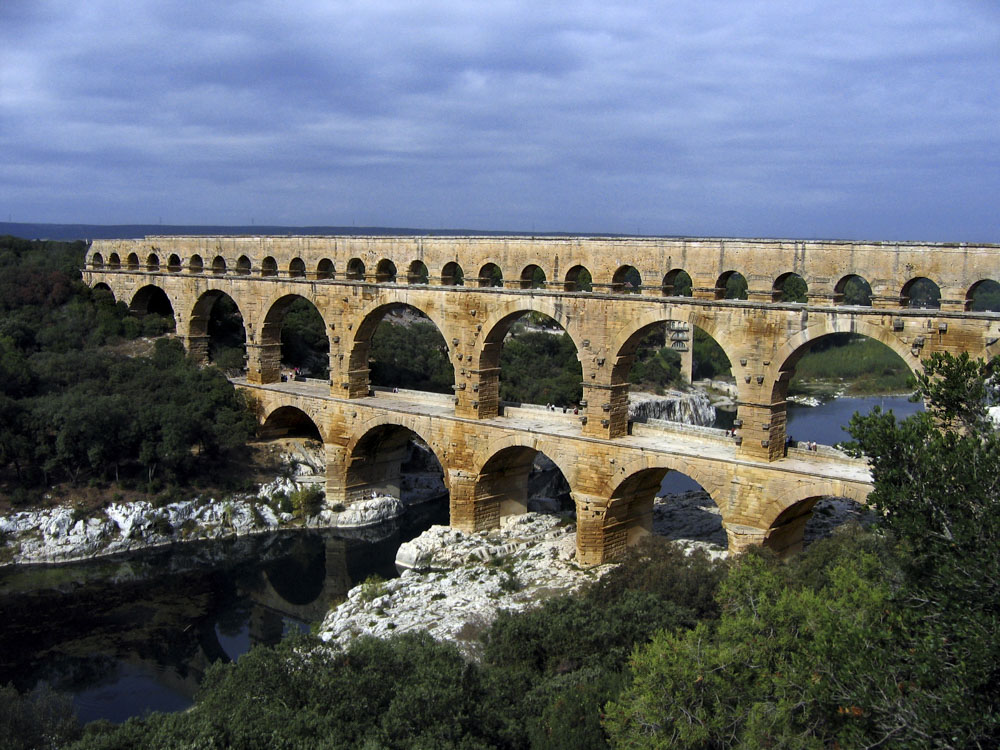
Renowned for the vast three tiered Roman ‘Pont du Gard’, the Gard was regarded as the poor man’s Provence but in recent years it has risen in popularity to match its neighbours on the other side of the Rhone Valley. From the summit of Aigoual to that of the Lozere are deep gorges and thick forests, streams and waterfalls, scattered with architecture which blends into the background. The people of the Cevennes are generous hearted. The Cevennes Piémont is an area of thick ‘garrigue’ scented with wild thyme and rosemary mingling with lavender, accompanied by the chirruping of the cicadas.
Towns in the Gard
Book a Hotel in the Gard
Vézenobres
Vézenobres is an impressive medieval village sitting astride a rocky outcrop at 219 metres where the Alès meets the Anduze. The silk industry, once prevalent, went into decline and the last mill closed in 1965. However it has re-emerged and the fashion industry recognises Cevennes silk today as being amongst the best. The area is thick with mulberry trees and silk worm factories and mills. The rugged unspoilt Cèze Valley with the steep cliffs of the gorges and the garrigue has many traces of bygone ages from dolmens, menhirs. fortified castles and stone bridges to caves and abysses.
The Pont du Gard
Villeneuve Lez Avignon is on the other side of the famous bridge in Avignon. Almost more impressive is the ‘bridge of the Holy Spirit’ which took 40 years to construct and spans 900 metres of river bed with twenty arches. This is the land of Côte du Rhône and a famous rosé, Tavel. The source of the Eure runs over and underground from Uzès to Nimes, including of course the Pont du Gard. The charming town of Uzès has elegant 17/18th century architecture. It became an Episcopal and consular town and the Duchy dates from the reign of Charles 9th. The surrounding area is traditionally known for pottery, especially at St Quentin La Poterie. The famous Roman arena at Nimes is the main scene of bullfighting outside Spain. The Gauls originally consecrated the town to Nemausus, the god of water. Involved in cloth manufacture since the 17th Century, ‘denim’ or ‘serge de Nimes’ originated there and the word ‘jeans’, from the export of denim from Genoa or Gênes in French to the American workers.
Port Camargue
The Camargue, where the Rhone meets the sea, is populated by white horses, pink flamingos, black bulls and men engaged in the manufacture of salt and the growing of rice, an expanding industry. Asparagus flourishes in the sandy reaches and some excellent wines, best drunk chilled, come from here. The resort of Grau du Roi is one of the most active fishing ports in the Mediterranean whilst Port Camargue is one of the largest sailing ports in Europe.
| Title | Address | Description |
|---|---|---|
GARD | Gard, France |


